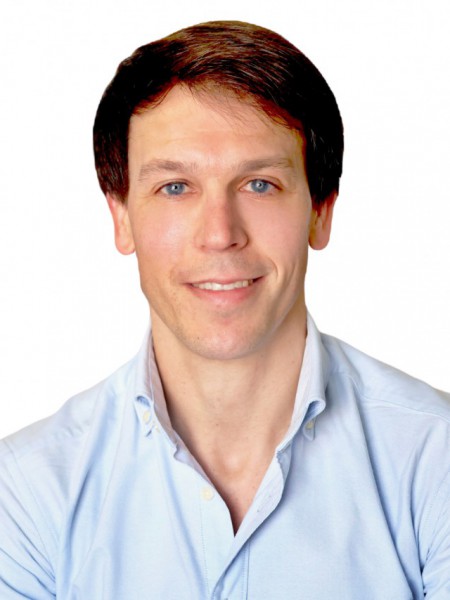resumo
Peptide amphiphiles (PAs) have emerged as effective molecular building blocks for creating self-assembling nanobiomaterials for multiple biomedical applications. Herein, we report a straightforward approach to assemble soft bioinstructive platforms to recreate the native neural extracellular matrix (ECM) aiming for neuronal regeneration based on the electrostatic-driven supramolecular presentation of laminin-derived IKVAV-containing self-assembling PA (IKVAV-PA) on biocompatible multilayered nanoassemblies. Spectroscopic and microscopic techniques show that the co-assembly of positively charged low-molecular-weight IKVAV-PA with oppositely charged high-molecular-weight hyaluronic acid (HA) triggers the formation of ordered beta-sheet structures denoting a one-dimensional nanofibrous network. The successful functionalization of poly(l-lysine)/HA layer-by-layer nanofilms with an outer positively charged layer of self-assembling IKVAV-PA is demonstrated by the quartz crystal microbalance with dissipation monitoring and the nanofibrous morphological properties revealed by atomic force microscopy. The bioactive ECM-mimetic supramolecular nanofilms promote the enhancement of primary neuronal cells' adhesion, viability, and morphology when compared to the PA without the IKVAV sequence and PA-free biopolymeric multilayered nanofilms, and stimulate neurite outgrowth. The nanofilms hold great promise as bioinstructive platforms for enabling the assembly of customized and robust multicomponent supramolecular biomaterials for neural tissue regeneration.
palavras-chave
QUARTZ-CRYSTAL MICROBALANCE; HYALURONIC-ACID; ENZYMATIC DEGRADATION; HIPPOCAMPAL-NEURONS; FILMS; SCAFFOLD; ADSORPTION; ADHESION; COLLAGEN; SYSTEMS
categoria
Materials Science
autores
Lopes, M; Torrado, M; Barth, D; Santos, SD; Sever-Bahcekapili, M; Tekinay, AB; Guler, MO; Cleymand, F; Pêgo, AP; Borges, J; Mano, JF
nossos autores
Projectos
Collaboratory for Emerging Technologies, CoLab (EMERGING TECHNOLOGIES)
CICECO - Aveiro Institute of Materials (UIDB/50011/2020)
CICECO - Aveiro Institute of Materials (UIDP/50011/2020)
Associated Laboratory CICECO-Aveiro Institute of Materials (LA/P/0006/2020)
agradecimentos
This work was funded by the European Union's Horizon Europe research and innovation programme under the grant agreement no. 101079482 ("SUPRALIFE"). This work was also supported by the Programa Operacional Regional do Centro - Centro 2020, in the component FEDER, and by national funds (OE) through Fundacao para a Ciencia e a Tecnologia/Ministerio da Ciencia, Tecnologia e Ensino Superior (FCT/MCTES), in the scope of the project "SUPRASORT" (PTDC/QUI-OUT/30658/2017, CENTRO-01-0145-FEDER-030658). M. T., S. D. S. and A. P. P. acknowledge FCT for funding through the project PTDC/BTM-MAT/4156/2021. M. L., M. T., S. D. S. and J. B. gratefully acknowledge FCT for the individual PhD grants (2020.05210.BD - M. L., SFRH/BD/146754/2019 - M. T.), individual contract under the Norma Transitoria - DL57/2016/CP/CP1360/CT0013 (S. D. S.), and individual Assistant Researcher contract (2020.00758.CEECIND - J. B.) under the Scientific Employment Stimulus - Individual Call, respectively. This work was developed within the scope of the project CICECO-Aveiro Institute of Materials, UIDB/50011/2020, UIDP/50011/2020 & LA/P/0006/2020, financed by national funds through the FCT/MCTES (PIDDAC). Optical and atomic force microscopy were conducted at the Bioimaging and Biointerfaces and the Nanotechnology i3S Scientific Platforms, respectively, both members of the PPBI (PPBI-POCI-01-0145-FEDER-022122).




